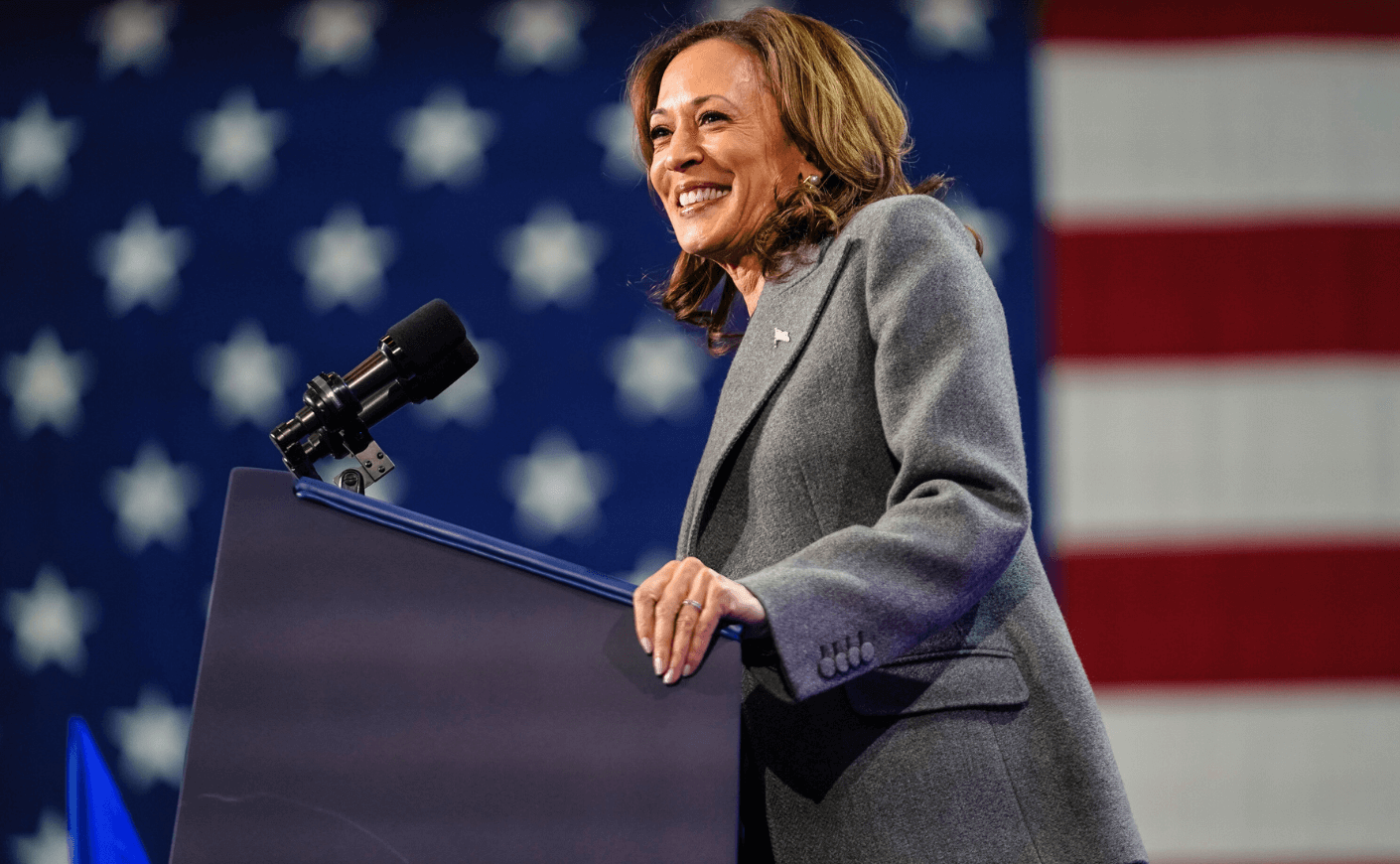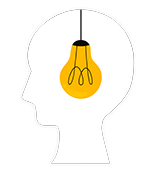As a doctor with an eye for preventative medicine, I’ve noticed that America seems to complain of fatigue and anxiety. It reports that it just doesn’t feel like itself anymore, and waxes nostalgic about its past prime condition. Truth be told, it is looking a little pale.
But what presidential hopeful Kamala Harris embodies is the very elixir renowned American anthropologist Margaret Mead famously spoke of when she said, “There is no greater power in the world than the zest of a postmenopausal woman.” Harris’ campaign appears to be fueled by joy and this same zest.
It makes logical sense: So many midlife and post-menopausal women, of which Harris is one, feel as though they’re just beginning to thrive. In midlife and beyond, our confidence and strength are sourced more from internal power than external feedback. Boldness and courage emerge as the benefits of “coming of age”; many have said that’s due to having “fewer f’s to give.” Aging allows women to take up space and speak the truth that might disappoint others. We spend less energy on becoming the woman others want us to be, and more time on being the woman our younger selves needed to see.
Given all these upsides, how is it that we still live in a culture that makes women feel invisible as they get older?
As political analyst Kristen Powers has pointed out, the media center and organizations that track women’s airtime on political shows all indicate dismal numbers for older women. It’s a fact that women “disappear” on TV once they start aging.
The men who become president — including Kamala’s present challenger, who has continued to gain momentum even after losing his 2016 bid to reclaim the country’s top office — do not stop acquiring power or stature as they advance in years. Why is it so radical to imagine a woman doing the same in the U.S.?
We’d witness something that America has yet to fully embrace: a woman at midlife thriving in power.
If Kamala Harris were to win the presidency, we’d have the chance to see a midlife woman empowered in one of the biggest ways a person can “play big.” The presence of a female president – not just on TV screens but as a leader on the world stage despite sexism, ageism, and racism would not only be historic; it would also be a great step toward building a healthier, more equitable, and more resilient country. We would witness a thriving midlife woman in the world’s top leadership position aging before our eyes, gaining power and influencing culture as the years go by.
Before we take this conversation any further, I have a confession: I’m Canadian. Therefore, you might think I wouldn’t be so interested in the American election. I have no party, I’m not a history buff or a political scientist. There’s no question, however, that what happens in America affects the rest of the world, not least of all those just “upstairs” from the USA. I am a little sister both literally (I am the youngest of my siblings), and metaphorically, given my country’s relationship to our southern neighbor. What happens in America foretells what’s coming down the pike for me, especially as a midlife woman (sans cats — thanks, allergies) who’s also a licensed physician focusing on women’s health.
Based on my 20-plus years of working with women as they navigate menopause, I have a theory about the energy shift in this phase of life. Before menopause, follicle-stimulating hormone and luteinizing hormone both peak briefly during ovulation, when women are most open to new ideas. After menopause, these hormones stay elevated, allowing for a continuous flow of wisdom and connection-making that was once limited to a short part of the cycle.
Brain researchers like neuroscientist Lisa Mosconi, PhD have studied the female brain pre- and post-menopause, and Mosconi’s research reveals that after menopause, the amygdala becomes less reactive to negative emotional stimuli. Meanwhile, postmenopausal women tend to engage their rational prefrontal cortex more frequently than premenopausal women do. This suggests that postmenopausal women generally have greater emotional control, especially when it comes to handling distressing situations. Neuropsychiatrist Louann Brizandine, MD has written a whole book on how the menopause transition is an upgrade. In her book titled: The Upgrade: How the Female Brain Gets Stronger and Better at Midlife and Beyond, she details how women in this phase of life can see around corners that others don’t even know exist. That sounds like the exact superpower you’d want in the executive branch of a superpower nation.
Imagine this: Kamala Harris not just in the White House, but leading with the kind of strength and confidence that only comes from experience. We’d witness something that America has yet to fully embrace: a woman at midlife thriving in power and showing that aging isn’t a decline but an evolution. The potential for women to see themselves in a new way, to engage differently when they see Kamala in this role, could change the way aging women feel about themselves. It’s about how women interact with the world and contribute their wisdom and gifts — and it goes beyond politics. I’ve seen patients who, after struggling from nutrient deficiencies, get an intravenous infusion of minerals and vitamins and then go on to enjoy a surge of energy that regenerates their vital capacities. I think America is ready to regain this vigor.
Polite Canadians like me sometimes call the United States the “Excited States” of America. The reason is this: America is a country of adventurous pioneers, and we do enjoy watching it boldly lead through rough terrain, paving a clearer path ahead for us to follow.
If I could tell it to my big sibling straight, I would say this: America, this election isn’t just about revitalizing your energy; it’s about reshaping the very essence of how we value women in power. Kamala Harris could set the stage for a future where women, especially in midlife, don’t disappear but rise to their greatest potential.
I’m ready for that, aren’t you?
Dr. Heidi Lescanec ND is a licensed Naturopathic Doctor with a background in cultural anthropology on a mission to find “The Pink Zones,” a term she coined to describe the conditions and places where women thrive as they age. If you want to find and foster more Pink Zones, join her here: thepinkzones.com and @drheidilescanec









